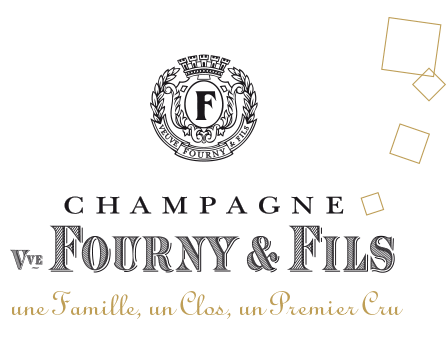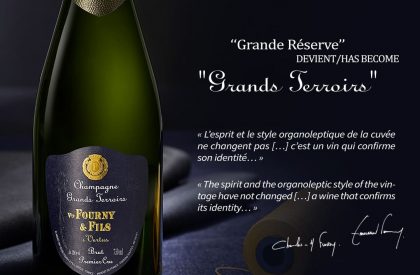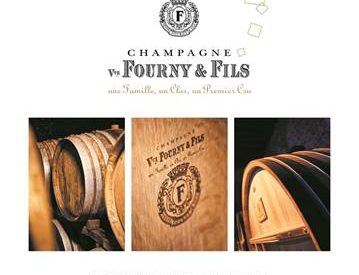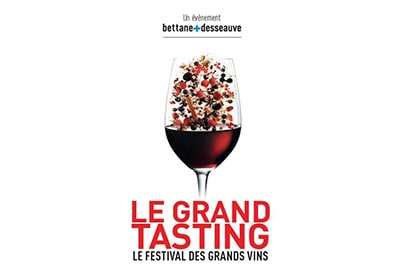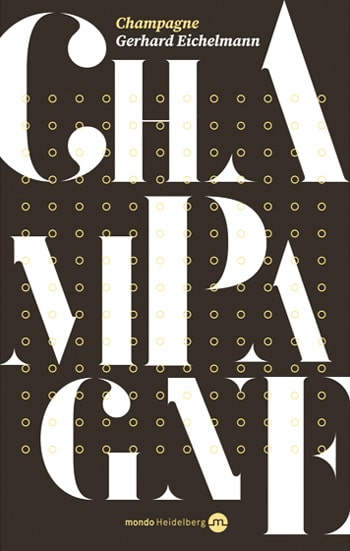
The Fourny family has grown vines in Vertus since 1856 and founded their own brand in 1930. All their vineyards are situated in Vertus, and all parcels are vinified separately, including the Clos Faubourg Notre Dame, originally 22 ares, now 29 ares (after demolishing a building and replanting that part of the clos).
Brothers Charles and Emmanuel Fourny have run the estate since 1995. Their father had died young, and their mother had run the estate since 1980, hence the name Veuve Fourny. Emmanuel and Charles Fourny have carefully analyzed the wines from each parcel and arranged them into twelve different groups, which form the basis of blends.
They own 10 hectares of vineyards and cultivate another 5 hectares from family members; grapes from another 7 to 8 hectares are purchased.
The wines are aged partly in stainless steel and partly in oak (in general about one-third for all cuvées, only the vintage champagne is aged exclusively in stainless steel, while cuvée R and Cuvée du Clos Fg Notre Dame are aged completely in oak). Malolactic fermentation is partially blocked, the proportion depends on the vintage.
All champagnes spend at least two and a half years on the lees, and dosage for all champagnes is in the extra brut range.The reserve wines were originally kept in stainless steel or in barrique, while today a part is kept in big oak barrel.
The range consists of:
- Brut Nature (100% Chardonnay from Vertus, about 20% reserve wines from the previous two vintages)
- Blanc de Blancs (100% Chardonnay, also about 20% reserve wines from the previous two vintages, dosage about 5 grams)
- Cuvée R (100% Chardonnay, from 50 year old vines, eighteen months in barrel, dosage 3 to 4 grams; originally this cuvée contained 10% Pinot Noir; named in honor to Roger Fourny)
- Grande Réserve (80% Chardonnay, 20% Pinot Noir, mainly from Vertus, but also from Oger, Cramant and Chouilly, 40 to 50% barrel-matured reserve wines from the two previous vintages, dosage 5 to 6 grams)
- Monts de Vertus Millésimé (100% Chardonnay from 50 year old vines, mainly from Les Barilliers and Les Monts Ferrés, stainless steel, dosage 3 grams)
- Cuvée du Clos „Fg. Notre Dame’’ Millésimé (100% Chardonnay, single-vineyard, 29 ares, vinified in oak, about 3 grams dosage, first made in 1993).
And there are three rosé champagnes:
- Rosé (Pinot Noir white wine, Pinot Noir red wine and Chardonnay, formerly Pinot Noir dominated, the most recent cuvées consisted of two-thirds of barrel- matured Chardonnay, 30% reserve wines, dosage 6 grams)
- Rosé Vinothèque (similar blend, but from one single vintage, sometimes with up to 5% reserve wines, four years on the lees, dosage 3 to 4 grams, first made in 2011)
- Rosé Les Monts de Vertus (100% Pinot Noir from Les Rougemonts and Les Gilottes, rosé de saignée, from one single vintage, dosage 3 grams; replaced the Les Rougesmonts Rosé from the 22-are parcel that still is used for the new cuvée).
Veuve Fourny champagnes are powerful, very individual, extremely pure, grippy, precise and complex, with fine mineral and salty notes on the finish. They have become much more persistent in recent years and show a clear signature as well as a consistent style. The Brut Nature is demanding, pure and very mineral, the Blanc de Blancs is more open and approachable, while the Grande Réserve seems to be in a transitional phase, a transition the R Cuvée has already made a transition towards freshness and purity. The vintage champagne is very pure, showing the potential of the northern part of Vertus, while the Clos Faubourg Notre Dame is intense and clearly influenced by the vinification in oak.
The three rosés are quite different. While the Rosé today places a greater emphasis on freshness than on fruit, the Rosé Vinothèque is focused on harmony and elegance, and the Rosé Les Monts de Vertus is very intense and powerful. (NM)
